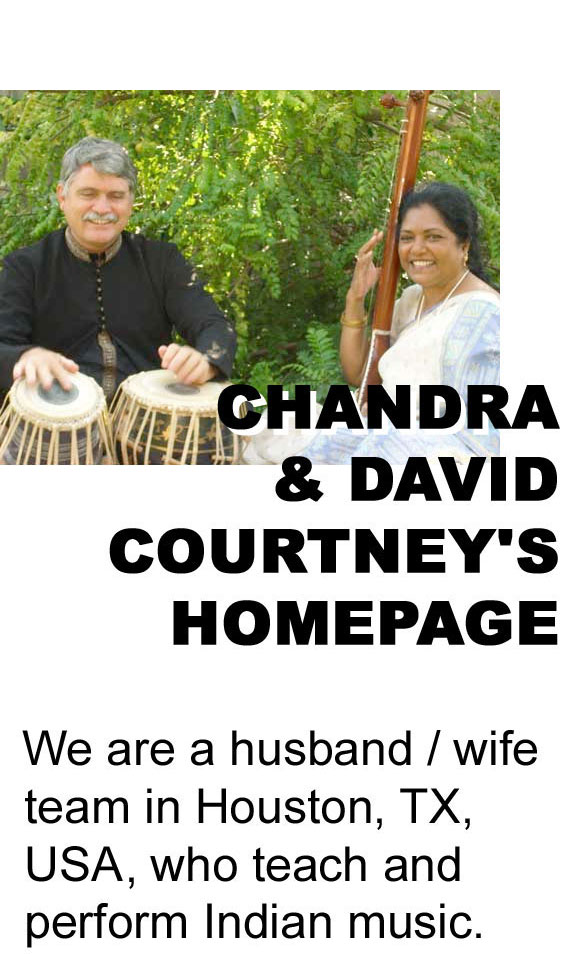SHEHNAI

The shehnai is a north Indian oboe. The sound of the shehnai is considered particularly auspicious. For this reason it is found in temples and is an indispensable component of any North Indian wedding. In the past, shehnai was part of the naubat or traditional ensembles of nine instruments found at royal courts. This instrument is a close relative of the nadaswaram found in south Indian music.
The structure of the shehnai is interesting, though simple. It has a wooden body with a brass bell. A well moistened reed is attached to a brass tube (tudel), rather than being a complete cylinder, this tube is slightly conical and is wrapped in thread. The wooden body has a central conical bore with eight holes. These eight holes are usually finger holes. But it is common to find some of these partially or completely occluded with wax. The instrument is usually referred to as a double-reeded instrument, but in most cases it is actually a quadruple-reed instrument.
There seems to be a considerable latitude in the reeds that can be used. The traditional reeds are actually quadruple-reed because they have two upper reeds and two lower reeds. However I am told that many people prefer to use bagpipe chanter reeds. Such reeds are much closer to the double-reed structure that most musicians are familiar with.

It is impossible to generalise about the register of the shehnai, this is because they come in a broad variety of lengths. The longer versions play in a lower key, while the smaller ones play in a higher key.
There are several variations of the shehnai including the tangamuri of Meghalaya, or a much smaller version of the shehnai known as a sundari. Inummerable folk variations are to be found.
Photo Gallery
Selected Video
© 1998 - 2020 David and Chandrakantha Courtney
For comments, corrections, and suggestions, kindly contact David Courtney at [email protected]









